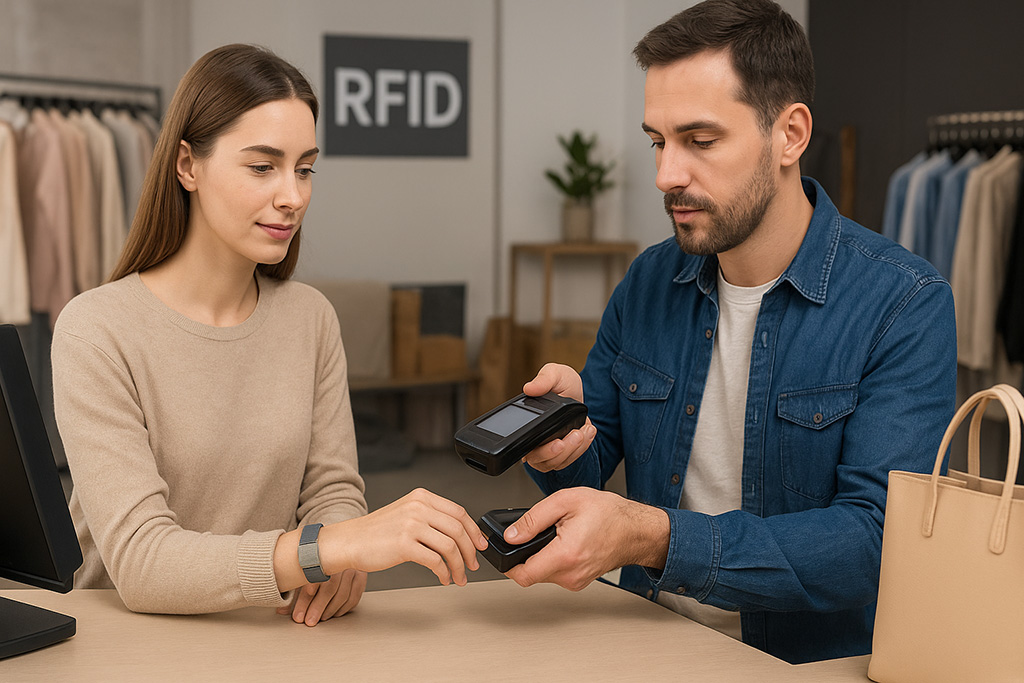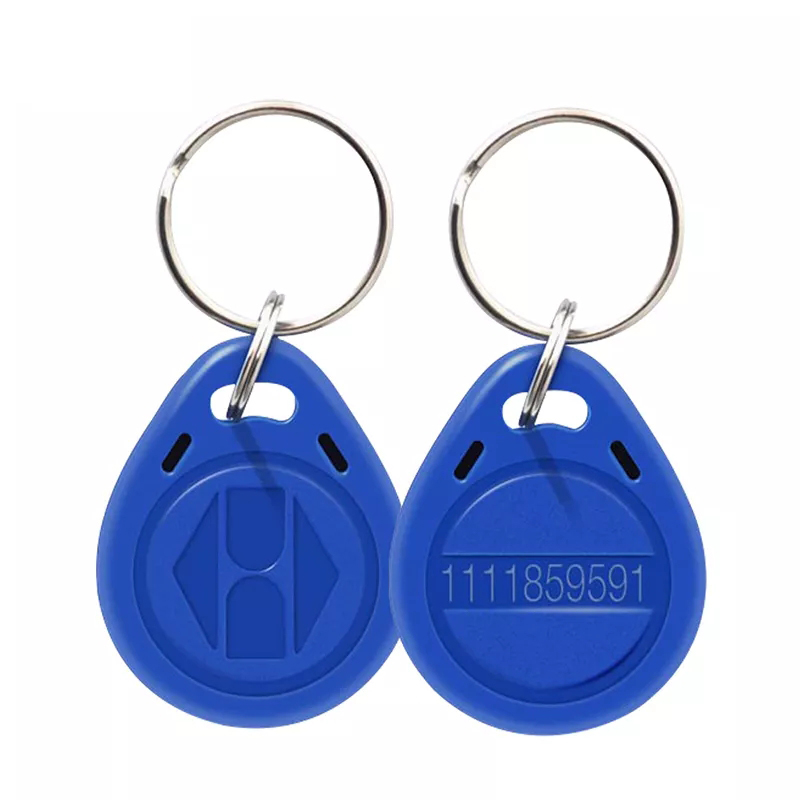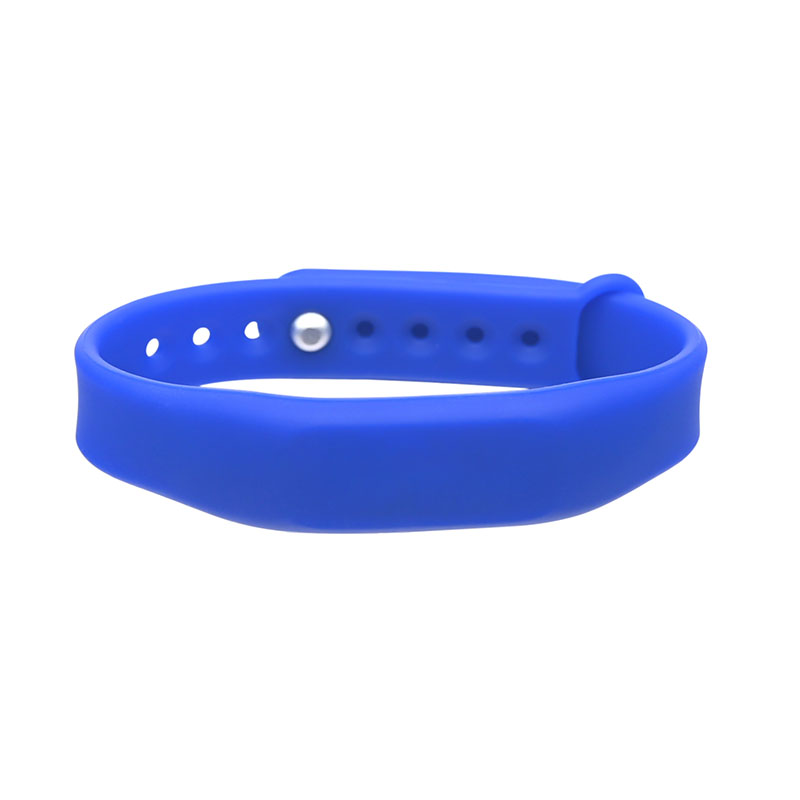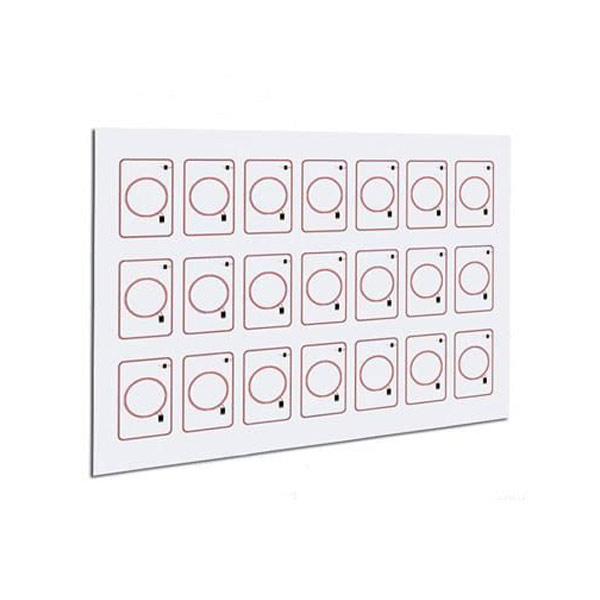Across industries, one trend is crystal clear: the shift from analog operations to data-driven ecosystems. RFID (Radio Frequency Identification) has emerged as a backbone technology enabling this transformation. Global adoption is accelerating—analyst reports predict that the RFID market will surpass USD 35 billion within the next few years, fueled by its applications in events, Retail, logistics, and food supply chains. Unlike past hype cycles, this surge is supported by real-world deployments that are proving both scalable and profitable.
In events and Retail particularly, RFID is reshaping how organizations track people, products, and processes in real time. What was once considered a niche solution is now becoming standard practice. Let’s examine how RFID is impacting these industries, what benefits it brings, and what challenges remain.

Attendee Tracking (RFID Attendee Tracking)
Event organizers are increasingly using RFID to monitor attendee movement across venues. Instead of just counting entrances, RFID-enabled badges provide insights into session popularity, crowd density, and engagement duration. This enables data-driven decisions such as reallocating staff or optimizing room usage. Privacy concerns remain a key issue, with some deployments incorporating “tag kill” functions post-event to comply with regulations like GDPR.
Festival Wristbands (RFID Festival Wristbands)
RFID festival wristbands are now the norm at large-scale music events, serving dual roles in access control and cashless payments. They dramatically reduce queue times and boost vendor sales by enabling seamless transactions. However, reliability is critical: one festival we supported experienced downtime when the payment system went offline. Lessons learned led to hybrid models with offline wallet balances stored on the wristband itself, ensuring continuity.
Wristband Scanners (RFID Wristband Scanner)
Behind every wristband ecosystem lies a network of scanners. Their importance extends beyond gate entry: real-time scanner data powers dashboards for crowd management and safety monitoring. At one event, sudden density spikes flagged by scanner data helped organizers intervene early and prevent safety incidents. Scanners, while invisible to attendees, are the operational backbone of modern RFID-enabled events.
To expand the value further, many organizers are beginning to integrate RFID scanner data with mobile apps or AR experiences. For example, linking scanner records to loyalty programs allows organizers to reward frequent attendees with targeted offers or premium access. This creates a feedback loop where both operational safety and attendee satisfaction benefit simultaneously.
Zara RFID Tags: The Benchmark
Zara’s adoption of RFID tags is often cited as the Retail gold standard. By embedding RFID in every garment, they achieve rapid in-store inventory counts and near-perfect stock accuracy. The payoff is tangible: fewer stock-outs, stronger omnichannel fulfillment, and streamlined returns. Yet, Zara’s vertically integrated supply chain made implementation smoother than what many fragmented Retailers will face. For others, supplier alignment remains one of the biggest hurdles.
Real-Time Inventory Management
RFID transforms inventory from a periodic audit to a continuous, reliable data stream. One apparel client reduced their audit time from nearly a week to two hours, performed weekly instead of quarterly. Inventory accuracy jumped from 87% to above 99%. This allowed them to guarantee online stock availability with confidence, reducing cancellations and boosting customer trust.
That said, RFID ROI depends heavily on item value and margin. For low-value products, the cost per tag may still outweigh the benefits—a critical calculation before adoption. Emerging solutions like printable paper-based RFID or eco-friendly biodegradable tags are helping to reduce costs and environmental impact, making RFID more viable for a broader product range.
Loss Prevention and Supply Chain Integration
Retailers also leverage RFID for shrinkage reduction and supply chain transparency. Tags enable real-time alerts when items bypass checkout, reducing theft. In logistics, tagged shipments provide visibility across transport nodes, allowing brands to pinpoint exactly where delays or losses occur. These improvements foster accountability with third-party logistics partners and strengthen end-to-end control.
Additionally, supply chain integration is increasingly merging with sustainability goals. By tracking products with RFID, brands can better manage returns, recycle unsold goods, and provide consumers with accurate information on product origins. Transparency, once a compliance issue, is now a branding opportunity.
RFID in Food Packaging
Food Safety and Traceability (RFID for Food Packaging)
Food packaging is an emerging frontier for RFID. Tags provide full product histories—from origin to processing and transport conditions. In one fresh produce deployment, recall times were cut from days to hours thanks to item-level traceability. This capability has been particularly valuable for compliance with international food safety regulations such as the U.S. Food Safety Modernization Act (FSMA).
Expiry and Temperature Monitoring
Beyond traceability, RFID combined with sensors enables dynamic expiry management. Dairy products tagged with temperature-sensitive RFID demonstrated a 15–20% reduction in waste, as expiry dates adjusted according to actual storage conditions. Engineering challenges remain: UHF signals often suffer interference from liquids and metals, requiring specialized anti-metal tags and strategic antenna placement.
Looking forward, food Retailers are exploring combining RFID with blockchain to create immutable product records. This ensures that every stage of a food item’s journey is logged securely and transparently, boosting consumer trust in claims around freshness, sustainability, or ethical sourcing.
Benefits for Consumers and Businesses
For consumers, RFID means smoother shopping, transparent product data, and enhanced safety. From smart carts that auto-checkout to detailed food provenance information, trust and convenience are the clear gains. Consumers also benefit from personalization: Retailers can connect RFID data with loyalty profiles to provide tailored promotions and recommendations in real time.
For businesses, RFID delivers data accuracy and operational agility. Real-time insights enable sharper forecasting, optimized promotions, and more resilient supply chains. Less visible but equally important, cost savings emerge from reduced waste, improved staff efficiency, and lower compliance risks. Companies implementing RFID also report cultural benefits: teams move from reactive firefighting to proactive problem-solving, guided by data rather than guesswork.
Challenges and Limitations
Despite its promise, RFID is not without hurdles. Costs remain a significant barrier, particularly for low-margin goods. Privacy and data protection are pressing concerns, especially in regions with strict regulations. Integration complexity is another critical issue: many deployments stall not on hardware, but on connecting RFID data seamlessly with ERP, POS, or warehouse management systems.
A further challenge is industry education. Many decision-makers still view RFID as “just anti-theft tags,” underestimating its strategic value. Vendors and integrators need to invest in awareness campaigns, pilot projects, and ROI calculators that help organizations clearly see the benefits before scaling.
Future Outlook
The future of RFID lies in convergence. As IoT sensors, blockchain, and AI analytics merge with RFID infrastructures, the technology will evolve from a tracking tool to a foundation for intelligent, automated ecosystems. Retailers are already piloting AR-powered shopping combined with RFID item recognition, while food suppliers explore blockchain-secured provenance records fed by RFID data streams.
We are also beginning to see cross-industry applications. For instance, smart shelves that integrate RFID and weight sensors are being trialed not just in grocery stores but in pharmaceutical distribution, where real-time tracking of temperature-sensitive medications is critical. These innovations highlight RFID’s role as a universal enabler rather than a sector-specific solution.
The focus is shifting: not just how far a reader scans, but how easily RFID integrates into enterprise systems and how well businesses can act on the data. The winners will be those who treat RFID not as a standalone technology but as a pillar of digital transformation.
Conclusion
RFID is no longer experimental—it is a proven enabler of digital transformation in events, Retail, and food supply chains. From attendee tracking and festival wristbands to Zara’s inventory systems and RFID-enabled food packaging, the technology is demonstrating clear value. Yet successful adoption requires careful planning around costs, privacy, and system integration.
The call to action is clear: organizations should begin investing in RFID not as a future bet, but as a present-day driver of competitive advantage. By taking steps today, businesses and event organizers will not only optimize current operations but also position themselves to thrive in the connected, data-rich ecosystems of tomorrow.





